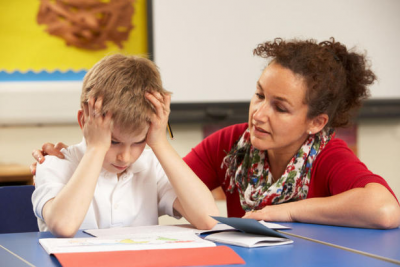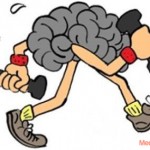Attention Deficit Hyperactive Disorder (ADHD) is the most common disorder seen among kids and can continue through teenage years and in their adulthood.
 Its warning signs may include difficulty in focusing or paying attention, overactive or hyperactive and difficulty in controlling behavior. Before getting into the treatment for ADHD, it is extremely important to get a brief on its subtypes and understand its symptoms.
Its warning signs may include difficulty in focusing or paying attention, overactive or hyperactive and difficulty in controlling behavior. Before getting into the treatment for ADHD, it is extremely important to get a brief on its subtypes and understand its symptoms.
Subtypes Of Attention Deficit Hyperactive Disorder:
- Predominantly Inattentive
- This sort of ADHD is characterized mainly by distractibility and inattention without hyperactivity. Kids in this subtype are probably less to react or have problems in mingling with other children. They might sit quiet at times and won’t respond or pay attention. Thus, the child may be overlooked and parents or teachers may not notice that the child is suffering from ADHD.
- Predominantly Hyperactive-Impulsive
- This is the least common sort of ADHD which is characterizes by overactive or impulsive behavior as well as distractibility and inattention.
- Combined Inattentiveand Hyperactive-Impulsive
- This is the most common type of ADHD, which comprises both hyperactive and impulsive behaviors. Treatments however can relieve its symptoms but there is no complete cure. medical experts are developing more interventions and effective treatments by using the better understanding ADHD tool i.e. brain imaging, that can help in finding more efficient ways to cure and prevent this disorder.
Symptoms Of Attention Deficit Hyperactive Disorder In Kids:
Hyperactive, impulsive and inattentive are the key behavior found in kids suffering from ADHD. Though these behaviors are normal for kids, but for kids going through ADHD, such kind of behaviors are more serious and can occur every now and then. Before diagnosing your child with the doctor, make sure that the below given symptoms persist in them from six or more months.
- Inattention
- Forget things, gets distracted easily, miss details and can switch frequently from one activity to the other.
- Get bored quickly
- Face difficulty in focusing one thing, paying attention in completing task or learning something new.
- Often losing their stuffs (e.g. toys, assignments, pencils, books)
- Having trouble on turning in or completing the given homework
- Become easily consumed and daydreamer
- Have difficulty in following instructions or problem in processing information as accurately or quickly as others.
- Hyperactivity
- Talk nonstop
- Be in motion constantly
- Squirm and twiddle in their seats
- Touching, dashing around or playing with anything around in sight
- Having problem in sitting still during school, story time or dinner
- Facing problems in doing quiet activities or tasks
- Impulsivity
- Being impatient
- Blurt out inapt comments, show their feelings without restraint, and act without thinking about the results.
- Often intrude conversations or other tasks
- Having difficulty in waiting for the things they want.
The symptoms of ADHD, when present, can be seen usually by the age of seven and may be apparent in very young under-fives. Attention-deficit or inattention may not be seen until a child faces the outlooks of elementary school. Thus, it is always better to consult a child specialist in case if you find the above given symptoms in your little one’s behavior.


 Cart : 0 items - $0.00
Cart : 0 items - $0.00










